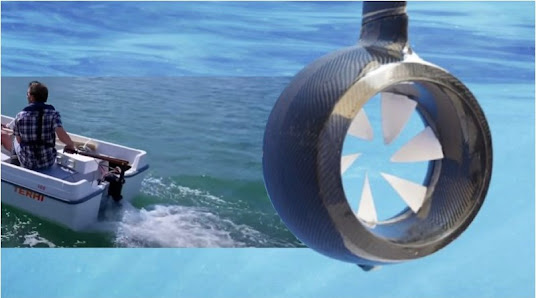Outboard Expert: Five Lay-Up Mistakes to Avoid
It's mid-October, and up here in Wisconsin it's an ideal opportunity to winterize the boat and kick the snow blower off. I'm a by-the-book sort of fellow with regards to upkeep, and that goes for slow time of year lay-up of my detachable. The book being referred to is the proprietor's manual, and in the event that you handle this finish of-year administration yourself or homestead it out to a star, that colder time of year stockpiling segment of the manual should be your guide. outboard motor covers
Regardless of whether you're managing the most recent four-stroke force to be reckoned with or Grandpa's old Sea Horse kicker, the essential advances incorporate getting the fuel framework a decent portion of balanced out gas, changing the gearcase lube, hazing the powerhead and general oil of moving parts with oil or oil. However, regardless of whether you follow the proprietor's manual precisely, there are approaches to mess up, botches that could cost you big-opportunity arrive spring. So DON'T do any of the accompanying:
Try not to Store the Motor Tilted Up
At the point when you park the boat for the colder time of year keep the engine managed or inclined down, particularly if it's outside. This will permit the entirety of the water to deplete out of the engine's cooling framework. In the event that it's inclined up, some water may stay in the engine, where it can freeze and cause a broke square or a destroyed water siphon lodging. Regardless of whether you think the engine is completely depleted, on the off chance that you store it outside and inclined up, downpour or snow could enter the fumes sections through the prop center point, freeze there, and break something.
Try not to Store the Motor Wrapped Up
I see this all the time up here: a boat put away outside for the colder time of year, painstakingly covered, with its engine enveloped by plastic. The proprietor calculates he will keep downpour and snow off his detachable, yet he's set himself up for under-cowl erosion issues. The cowl is vented and intended to breath as the temperature warms and cools. This shields dampness from gathering on the powerhead. On the off chance that you seal the engine in a home-made prophylactic produced using a trash container and conduit tape, rather than flow you'll get buildup, particularly in the cool, moist long periods of winter. This can prompt erosion in the charging framework, on wiring connectors, and on the choke and move linkages. So don't cover the engine. In the event that you have your boat contract wrapped, ask them to one or the other work around the engine, or leave holes around the transom so some air can get to the engine.
Try not to Start the Motor Out of the Water
All outboards have a self-depleting cooling framework. There is no motivation to turn over the engine with the idea that you will cleanse the last drops from the water siphon lodging. Perhaps the sound of an unmuffled two-stroke is compelling, however don't do it. Turning over the engine "dry," in any event, for one minute, can significantly abbreviate the life of the water siphon impeller, or even wreck it. It needs water for grease. Obviously, you won't realize that you've wrecked the impeller until the engine overheats on the first day of the season of fishing season the following spring. In the event that you have to turn over the engine on dry land (to get treated fuel into the motor, for instance), utilize a hose and the "ear protector" gadget that braces over the water consumption. Try not to turn over the engine with a hose associated with the new water flush port. This may flow water through the powerhead, however not to the siphon.
Try not to Ignore Gearcase Service
A couple of years back my brother by marriage, who lives in Alaska, was looking for another gearcase for his Evinrude 115 subsequent to fail to check the gearcase lube. It was loaded with water, which solidified, which broke the case. You have to change this lube once per year since it does "wear out," and transforming it is additionally the most ideal approach to check whether any water is getting into the gearcase. In the event that the lube comes out dim or overcast, you have water and an issue. It's most likely a terrible prop shaft seal (see our past tale about a fishing line fouled on the propshaft). However, on the off chance that there's been water for the situation for some time, there could likewise be stuff or bearing harm. This should be fixed. Should do it now and be all set in the spring. Note to Evinrude E-TEC proprietors: I know your manual says the gearcase lube is useful for a very long time. Be that as it may, each tech I've conversed with says to transform it in any case. It's modest protection.
Try not to Leave the Battery in the Boat
It's not portion of the engine, but rather this is quite a typical misstep I must specify it. A battery won't freeze if the electrolyte has a decent charge. Yet, on the off chance that it goes low and loses that charge, it will freeze and afterward be destroyed. (What's more, perhaps break and hole in your bilge.) Ideally, you need to remove the batteries from the boat, give each a full charge, and afterward store them in a cool (around 40 degrees) yet not virus place. Far superior is to store them snared to a support type battery charger like the Battery Tender Plus. At that point come spring, they will be completely energized and good to go. outboard motor covers



Comments
Post a Comment